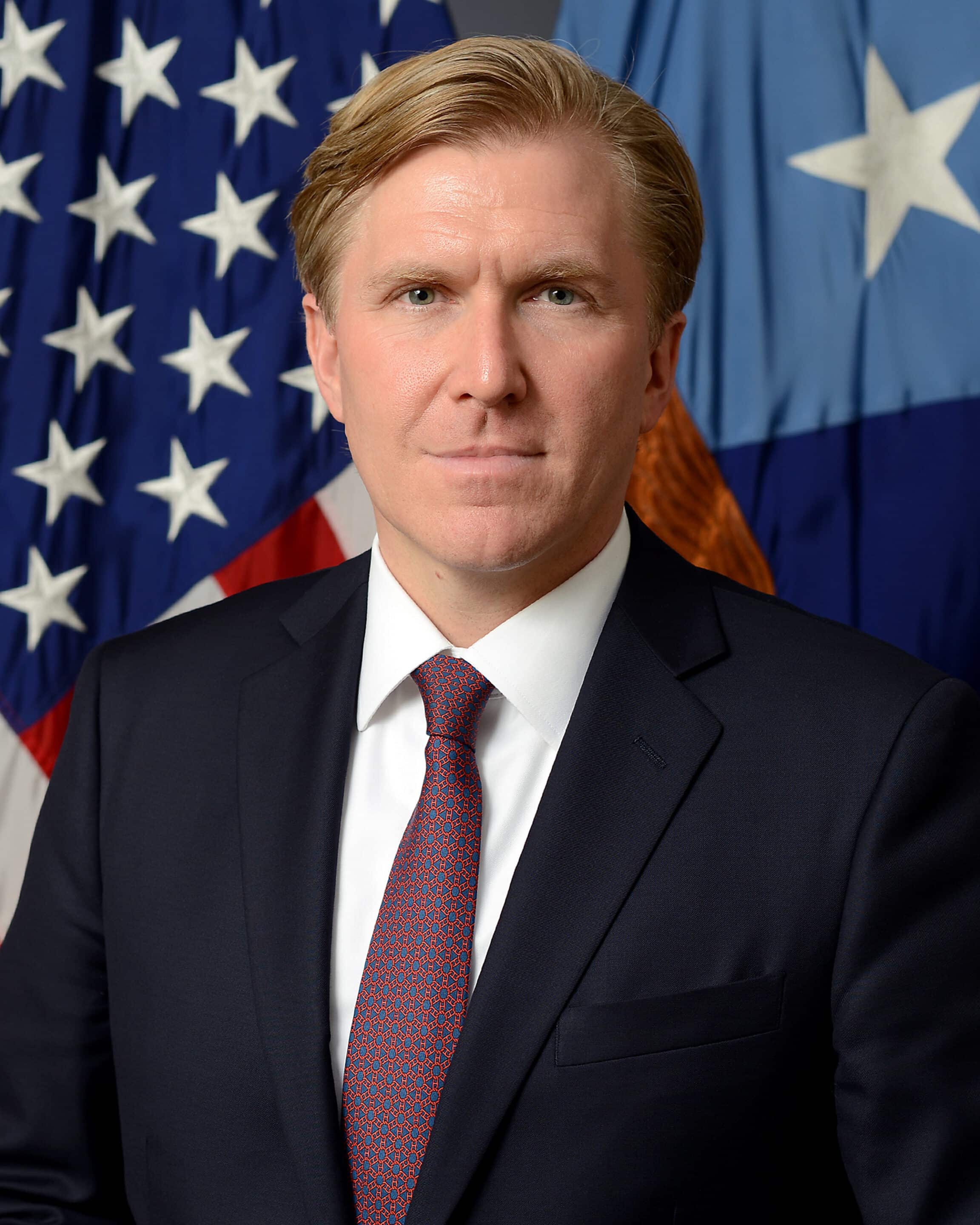So sick of liberal hegemony, critics of Washington’s foreign policy have long been apt to seize at anything that promises something, anything, different. Hence the vigorous applause directed towards anyone who doesn’t mindlessly embrace every single one of the blob’s wars. One of the most prominent in the second Donald Trump administration is Elbridge Colby, current Under Secretary of Defense for Policy, who has drawn the predictable beltway ire for reviews of Ukraine aid and AUKUS, among other things.
But here’s the problem with Elbridge Colby, and everyone else like him, from the perspective of a restrainer or non-interventionist: he markets himself as the sober realist who corrected Washington’s post-9/11 drift, but his program amounts to militarized primacy by another name. With regards to Colby specifically, he helped write the 2018 National Defense Strategy (NDS) that re-centered U.S. policy on “great-power competition.” The result isn’t restraint; it’s a sweeping, open-ended military project organized around the most expansive possible threat conception of China—one that crowds out diplomacy, devours resources, and invites entrapment across multiple theaters.
Start with the 2018 NDS. Colby’s handiwork converted a decade of counterterrorist overreach into an Indo-Pacific overreach, elevating an amorphous “competition” frame into a procurement and basing mandate. Because the document never clearly distinguished vital U.S. interests from peripheral ones, it made every friction point with Beijing—semiconductors, sea lanes, satellites—look existential. That vagueness is not analytical modesty; it’s a license for mission creep. It’s also bad strategy: if everything is “competition,” nothing is prioritized, and the Pentagon becomes the instrument of first resort rather than last. Colby’s admirers call this realism; in practice it is primacy with better footnotes.
His book, The Strategy of Denial, written between Trump I and Trump II, doubles down. The pitch is simple: the United States must organize its force posture, alliances, and industrial base to win a high-end war with China—explicitly over Taiwan—and to do so through a forward “denial” architecture capable of defeating a Chinese fait accompli. At the level of logic, the book treats denial as stabilizing when it is, in fact, escalatory. Further, it assumes that allies will fight on American timelines, that supply chains will survive a protracted blockade/shooting war, and that U.S. industrial surges can outrun China’s—even as the Pentagon’s own war games have team blue losing virtually every time, allies in the counter-balancing coalition hedge, and the U.S. Navy struggles to deliver two submarines per year.
In short, none of those assumptions looks convincing once you leave the seminar room and read shipbuilding data.
Defenders reply that Colby is at least better than liberal internationalists who dress primacy in the rhetoric of “values” and “universal obligations.” Sure. Colby’s clarity about trade-offs and industrial limits beats the catechism of liberal hegemony. But that’s a backhanded compliment. In place of crusading universalism, Colby offers a narrower—but still militarized—hegemony, one that treats peripheral positions as testing grounds for resolve on the path to the “real” war. The logic still normalizes permanent emergency, just with different uniforms and maps.
From a restraint perspective, two deeper flaws stand out.
First, Colby’s framework asserts that preventing Chinese “regional hegemony” is a vital U.S. interest. But “hegemony” is defined so elastically that routine influence or proximity becomes a casus belli. Taiwan is elevated from a tragic, hard case into the fulcrum of American security—despite the obvious nuclear, economic, and alliance-fracture risks of direct war, and despite the absence of a formal U.S. defense treaty. That’s not prudence; that’s maximalism in realist clothing.
Second, Colby is operating inside a Beltway ecosystem in which the loudest “China threat” analysis comes from institutions bankrolled by defense contractors and, often, foreign governments. While that doesn’t a priori make every argument wrong, it does explain the uniform bias toward kinetic solutions and larger budgets. When the think-tank marketplace rewards alarmism, strategy becomes procurement by other means. The pattern is well-documented: defense-industry–funded shops dominate media citations on war/peace questions, and foreign government money pervades the sector. That should make any real realist skeptical.
None of this is to deny China’s growing power or that it exhibits malign behavior toward some of its neighbors. But restraint asks a different question: what specific interests justify what risks, at what costs, against which alternatives? Colby’s answer is always some version of “more forward deterrence, now”—regardless of Washington’s fiscal position, shrinking shipyards, contested logistics, and a brittle political consensus at home.
Elbridge Colby and his cohort are marginally better than liberal hegemony’s missionary class. But that’s thin praise. Their project still steers America toward avoidable confrontations with Russia, Iran, and above all China over positions that are, for Americans, peripheral if not entirely non-existent, imposing certain costs on Americans and uncertain benefits on anyone but arms makers and benefactor governments delighted to see the United States foot the bill. Strategic sobriety means drawing lines between the necessary and the merely symbolic—and refusing to mortgage the republic’s security, solvency, and liberty to a theory of global dominance that cannot be achieved at a price we should be willing to pay.
















